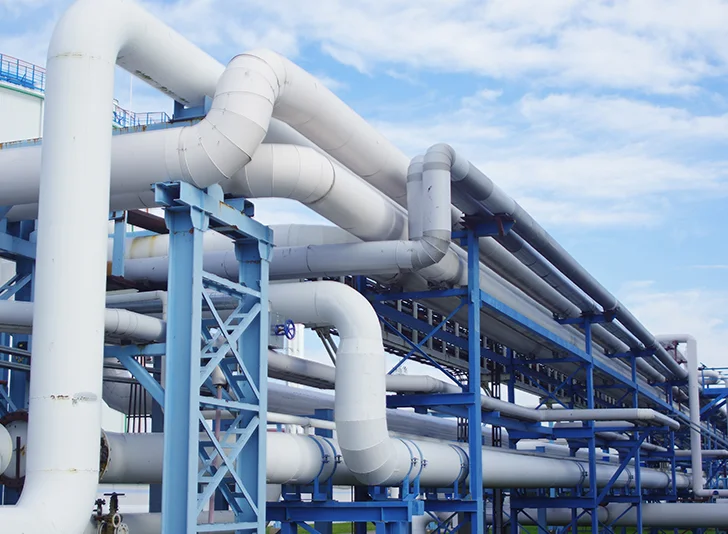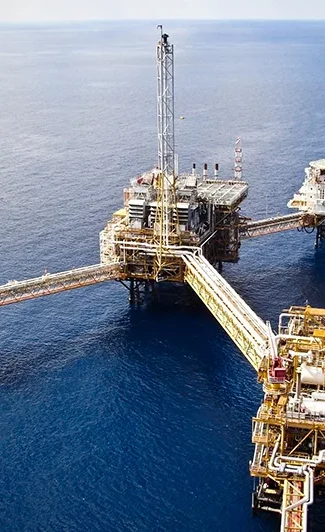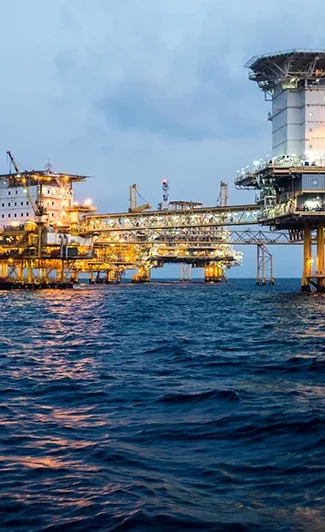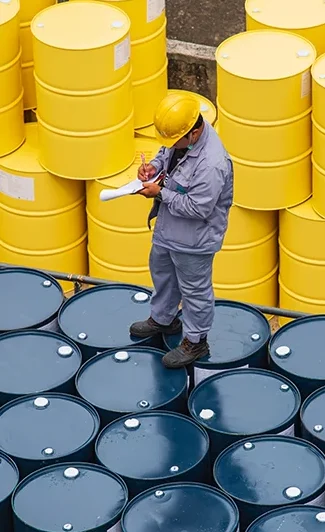
- November 20, 2023
- 0 Comments
What’s New in Bakken Crude Oil Production and the Dakota Access Pipeline Saga?
The Bakken shale play in North Dakota and Montana has been one of the most prolific sources of crude oil in the U.S., producing over 1.2 MMb/d in August 2021, according to the Energy Information Administration (EIA). However, the Bakken producers and shippers have also faced a major challenge of transporting their crude oil to the refineries or the export markets, due to the limited pipeline capacity and the high rail costs. The Dakota Access Pipeline (DAPL), which started operations in 2017, has been a game-changer for the Bakken, as it provides a direct and low-cost route for 750 Mb/d of crude oil from the Bakken to the Patoka hub in Illinois, where it can access various markets in the Midwest, the Gulf Coast, or the East Coast. However, the fate of DAPL has been uncertain and controversial, as it has been the subject of legal, regulatory, environmental, and social disputes, due to its crossing of the Missouri River near the Standing Rock Sioux Reservation, which is considered sacred and vital by the tribe and its allies.
The latest development in the DAPL saga is the completion and publication of a draft environmental impact statement (DEIS) by the U.S. Army Corps of Engineers (USACE), which is the federal agency responsible for granting or denying the permits for the water crossings of DAPL. The DEIS is a comprehensive document that analyzes the potential impacts of DAPL on various aspects, such as water resources, wildlife, cultural resources, socioeconomics, and environmental justice. The DEIS also evaluates the alternatives to DAPL, such as using other pipelines, rail, or truck transportation, or shutting down DAPL altogether. The DEIS does not make a final decision on the future of DAPL, but rather provides the information and the framework for the USACE to make an informed and reasoned decision, after considering the public comments and the input from other federal agencies, such as the Environmental Protection Agency (EPA) and the Department of Justice (DOJ).
The DEIS does not end the story, but it does provide some clues and insights about the possible outcomes and implications of the DAPL drama. In today’s blog, we will discuss some of the key findings and recommendations of the DEIS, and how they affect the Bakken production and DAPL operations.
The DEIS concludes that DAPL does not pose a significant risk to the water resources, wildlife, cultural resources, socioeconomics, or environmental justice, compared to the alternatives. The DEIS states that DAPL has been designed, constructed, and operated with various safety measures and best practices, such as leak detection systems, emergency response plans, and spill prevention and control plans, to minimize the likelihood and the consequences of a spill or a leak. The DEIS also states that DAPL has a lower environmental impact than the alternatives, such as rail or truck transportation, which have higher greenhouse gas emissions, air pollution, noise, traffic, and accident rates. The DEIS also states that DAPL does not adversely affect the tribal rights, interests, or resources, as it does not cross the reservation boundaries, and as it has consulted and coordinated with the tribes and other stakeholders throughout the process.
The DEIS recommends that the USACE should grant the easement for DAPL to cross the Missouri River, and that DAPL should continue to operate without interruption or modification. The DEIS states that granting the easement for DAPL is the preferred alternative, as it is the most environmentally preferable, economically beneficial, and technically feasible option, compared to the alternatives. The DEIS states that DAPL should continue to operate as it is, without requiring any additional mitigation measures, monitoring programs, or operational changes, as it has already complied with the existing regulations and standards, and as it has not caused any significant adverse effects since its operation. The DEIS states that shutting down DAPL would have significant negative impacts on the Bakken production, the crude oil markets, the national energy security, and the regional and national economy, as well as on the environment and the public safety, due to the increased use of rail or truck transportation.
The DEIS acknowledges that there are some uncertainties and limitations in the analysis, and that there are some areas of disagreement and controversy among the parties involved. The DEIS states that some of the data and information used in the analysis are based on assumptions, estimates, or projections, which may not reflect the actual or future conditions, and that some of the methods and models used in the analysis are subject to errors, uncertainties, or limitations, which may affect the accuracy or the reliability of the results. The DEIS also states that some of the issues and concerns raised by the tribes and other stakeholders, such as the tribal sovereignty, the treaty rights, the religious freedom, and the environmental justice, are beyond the scope or the authority of the USACE, and that they may require further consultation or coordination with other federal agencies, such as the EPA or the DOJ, or with the courts, to resolve or address.
The DEIS is not the final word on the DAPL issue, but it is an important step in the process. The USACE will accept public comments on the DEIS until November 26, 2021, and will hold public hearings on October 27 and 28, 2021, to solicit feedback and input from the interested parties. The USACE will then review and consider the public comments and the input from other federal agencies, and will prepare a final environmental impact statement (FEIS), which will include the final decision on the easement for DAPL. The FEIS is expected to be issued by March 2022, according to the USACE.
The outcome of the DAPL saga is still uncertain and unpredictable, as it may depend on various factors, such as the political, legal, regulatory, environmental, and social dynamics, as well as the market conditions and the industry responses. However, the DEIS suggests that the USACE is leaning towards allowing DAPL to continue to operate, as it does not find any significant or irreversible impacts of DAPL on the environment or the tribes, and as it recognizes the benefits of DAPL for the Bakken production and the crude oil markets. This may be good news for the Bakken producers and shippers, who rely on DAPL as a vital and valuable outlet for their crude oil, and who have been facing low prices and high discounts due to the limited pipeline capacity and the high rail costs. However, this may not be the end of the story, as the tribes and their allies may continue to oppose and challenge DAPL, through legal, regulatory, environmental, or social means, and as the courts or the Congress may intervene or influence the final decision. Therefore, the fate of DAPL remains a key uncertainty and a risk factor for the Bakken production and the crude oil markets.


